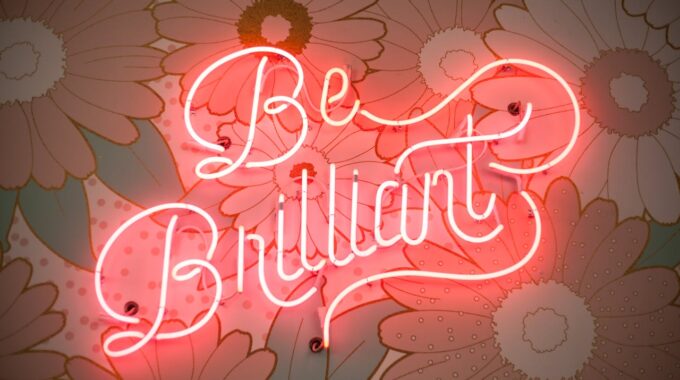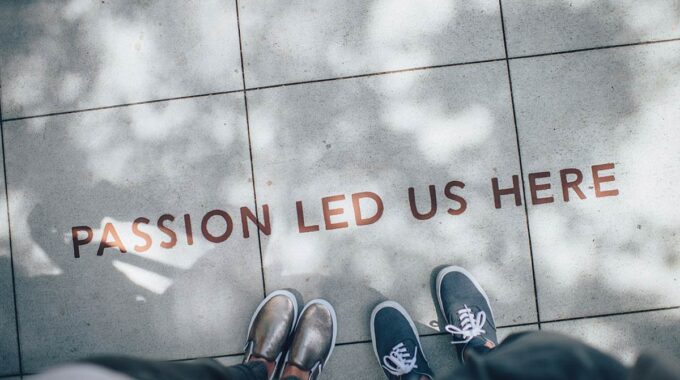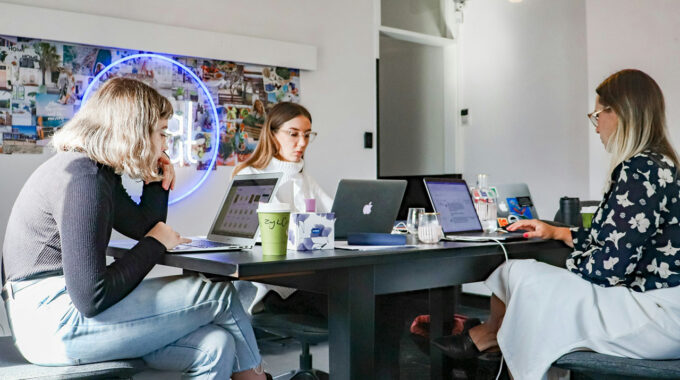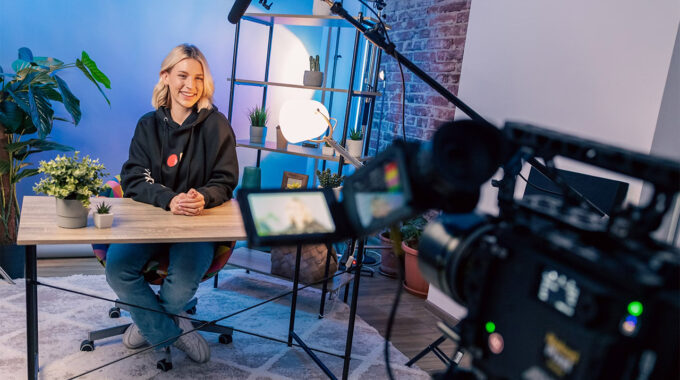How To Design a Workspace That Reflects Your Brand Identity
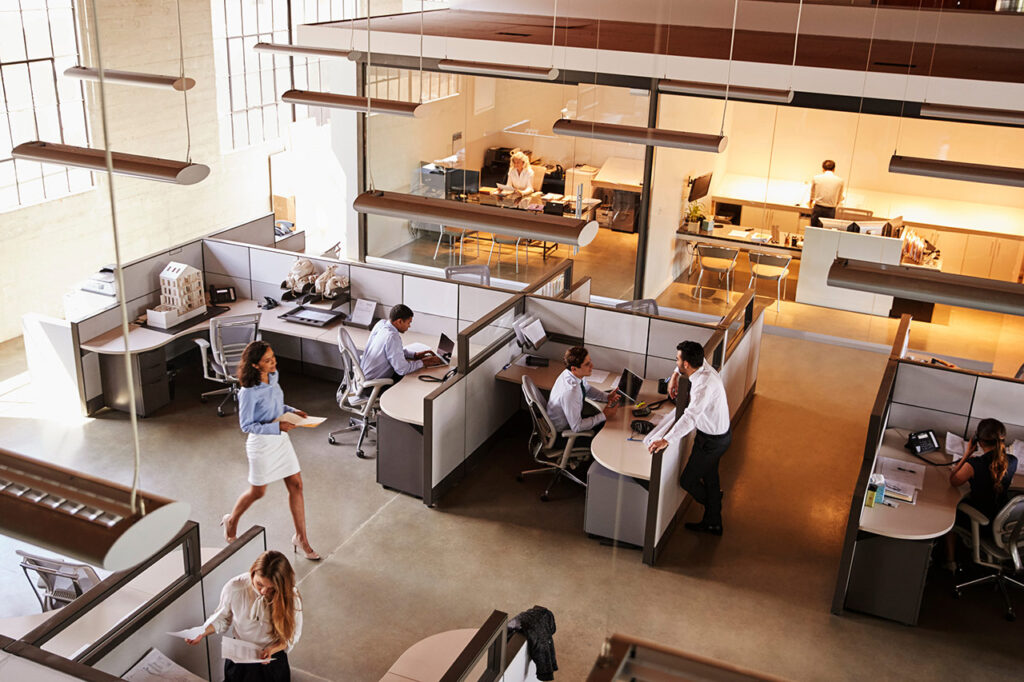
Many companies see a workspace as merely a place to complete business tasks, but it can also serve a larger purpose. Your office design tells your brand’s story the moment someone walks through the door. It can boost your team’s spirit or leave a lasting mark on everyone who visits.
If you want to design a workspace that effectively reflects what you’ve got to offer and enhances productivity, use these strategies to transform your office into a space that speaks volumes.
Define Your Brand Identity
The first step in creating a brand-centric workspace is knowing what your brand stands for. Clarify your mission, values, and long-term vision. Are innovation and creativity central to your culture, or do reliability and tradition define your business? Invite input from your team by conducting workshops or brainstorming sessions to gather diverse perspectives.
Your workspace should echo your brand’s visual identity. Start by selecting color schemes, logos, and typography that align with your established branding guidelines. Tools like Adobe Illustrator or Canva help create or refine a brand style guide. Use consistent visuals throughout the office, from wall colors and signage to custom furniture and artwork.
Also, think about how your company culture manifests in daily operations. If your team embraces collaboration, opt for flexible furniture. For example, the best workstations for productivity involve designs that suit open layouts and provide seating for multiple employees. Multi-use workstations also help maximize efficiency, allowing your team to access the tools they need for work easily.
Choose an Appropriate Layout
Selecting the right office layout depends on how your team works.
Open-plan offices encourage collaboration and communication but might compromise privacy. In contrast, private offices provide quiet for focused tasks but may limit spontaneous interaction. Balance the two by incorporating shared areas and private zones to suit diverse work styles.
Spaces for teamwork are essential for modern offices. To design a workspace that encourages collaboration, designate meeting rooms or informal lounges where teams can brainstorm and connect. Arrange furniture strategically—think circular seating or movable chairs—to facilitate easy conversation. Adding writable surfaces like whiteboards or glass panels fosters creativity during group sessions.
Zoning creates purpose-driven spaces within your office. Designate quiet zones for deep work, social zones for casual conversations, and collaborative zones for team projects. Dividers, furniture, and area rugs effectively delineate these spaces while maintaining an open feel.
Select Colors and Materials
Colors aren’t just pretty to look at; they influence mood and behavior. Select hues that reflect your brand’s core message. For instance, a tech-focused company might favor blues for trust and stability, while a creative agency could opt for bold reds and oranges to convey energy and excitement.
Consider combining two monochromatic colors in your design. A study shows that different color schemes can influence workers’ aesthetic response to their work environment. For instance, cool-colored spaces are generally perceived to be better for visual comfort, while warm-colored ones make a workplace more vivid and warm. (1)
The materials you select should also convey your values. Wood adds warmth and a sense of tradition, metal projects modernity and efficiency, and glass communicates transparency. Balance aesthetics with functionality by choosing durable finishes that withstand daily use while maintaining visual appeal.
Optimize Lighting and Acoustics
You mustn’t forget lighting to design a workspace that impacts mood and productivity. Maximize natural light wherever possible to create an inviting atmosphere. When natural light isn’t available, use artificial lighting that reflects your brand personality. A soft, warm glow creates intimate, relaxed spaces, while bright, cool lighting brings energy and focus to work areas.
Ever noticed how sound shapes your workday? Those little background noises add up, affecting how comfortable people feel throughout the day. According to one study’s participants, a harmful sound environment can cause tinnitus symptoms and sound sensitivity. Add acoustic panels, carpets, and soft furnishings to absorb noise in open areas. Place barriers and sound-absorbing materials strategically, especially around collaboration spaces. (2)
Foster a Sense of Community
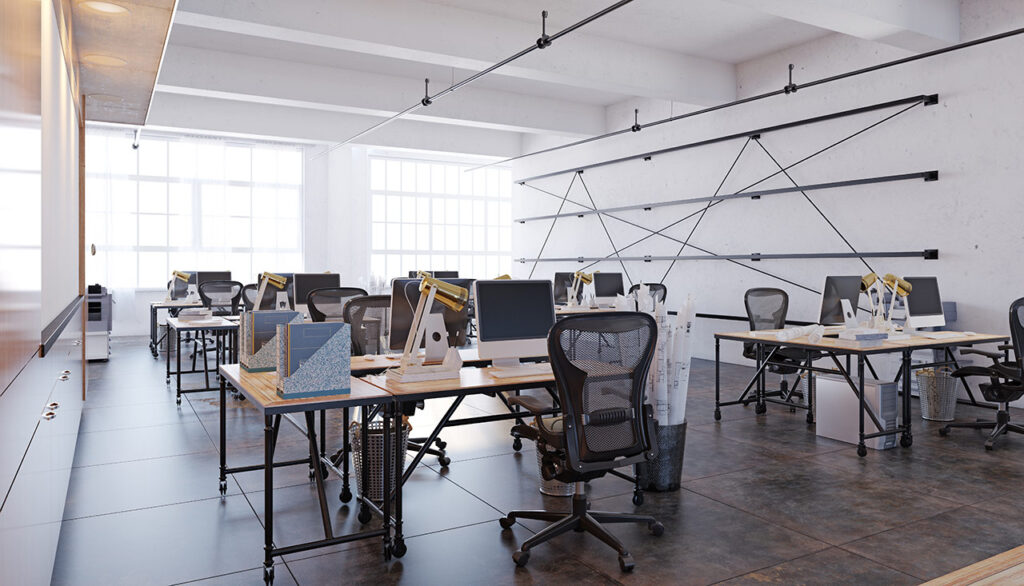
Encourage connections by creating communal areas like kitchens, lounges, or game rooms. Use comfortable seating and welcoming decor to make these spaces inviting. A well-designed break area supports informal conversations and helps build a cohesive team culture.
In addition to creating communal spaces, involve employees in designing the office. What matters to your team might surprise you. Regular check-ins and surveys reveal which office features truly enhance their daily experience.
On the one hand, highlight achievements by displaying project milestones or employee accolades prominently.
Sustainability and Wellness
Does your business champion sustainability? Showcase it through reclaimed wood features, recycled metal elements, and smart lighting choices. Each sustainable piece tells the story of your commitment to better practices.
It also pays to design a workspace with elements that prioritize health and promote wellness. Plants freshen up the space while creating peaceful corners throughout the office. One study found that 27% of the employees experienced a noticeable drop in their resting heart rate, a sign of lower stress, after interacting with office plants. Moreover, look after your team with ergonomic chairs, adjustable desks, and dedicated wellness spaces for balance throughout the workday. (3)
Evaluate and Adapt
A well-designed workspace evolves with your business. Regularly gather employee feedback through surveys or focus groups to assess what’s working and what needs improvement. Use this data to inform future changes.
To stay aligned with your evolving brand, prioritize flexibility. Modular furniture and adjustable layouts allow easy updates without a complete redesign. When bigger changes become necessary, careful planning and cost evaluations ensure renovating your premises goes seamlessly.
Wrapping Up
Your workplace design tells the world who you are and what your business values. Every choice shapes how your brand comes across, how engaged your team feels, and how welcoming your space becomes.
Look closely at your current setup and pinpoint areas where a few changes could lead to significant improvements. When you design a workspace that reflects your brand, you invest in your company’s future.
References
- “Effects of color schemes on aesthetic response of the work environment,” Source: https://www.researchgate.net/publication/346961943_Effects_of_color_schemes_on_aesthetic_response_of_the_work_environment
- “The experience of noise in communication-intense workplaces: A qualitative study,” Source: https://pmc.ncbi.nlm.nih.gov/articles/PMC9829168/
- “Keeping a plant on your desk can reduce workplace stress, study says,” Source: https://edition.cnn.com/2020/02/07/health/plants-reduce-stress-in-workplace-study-wellness/index.html

